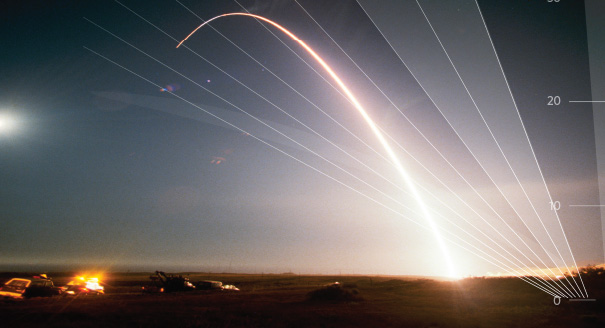Source: Nautilus Institute/Technology for Global Security
In a conventional conflict between the United States and China or Russia, each belligerent might attack the other’s command, control, communication, and intelligence (C3I) capabilities to gain a warfighting advantage. However, because a number of C3I assets are dual-use, such attacks would degrade the target’s nuclear command-and-control system, creating serious risks of inadvertent escalation. Looking forward, at least four factors will influence the severity of the risks created by such entanglement.
First, geopolitical developments will have indirect effects, including altering (for better or worse) the likelihood of war. Second, improvements in nonnuclear weapons, such as the development of long-range hypersonic gliders, could increase the threat posed to nuclear C3I capabilities. Moreover, because early-warning assets involved in nuclear operations might be able to track such weapons, they could become more likely to be subject to attack. Third, states’ conventional or nuclear doctrines could change, including by increasing or reducing the role accorded to attacks on C3I assets. Finally, unilateral or cooperative risk-mitigation measures could be implemented. Unilateral measures are the most promising under current political circumstances and could be as simple as raising awareness of the risks associated with entanglement within defense and military establishments.







